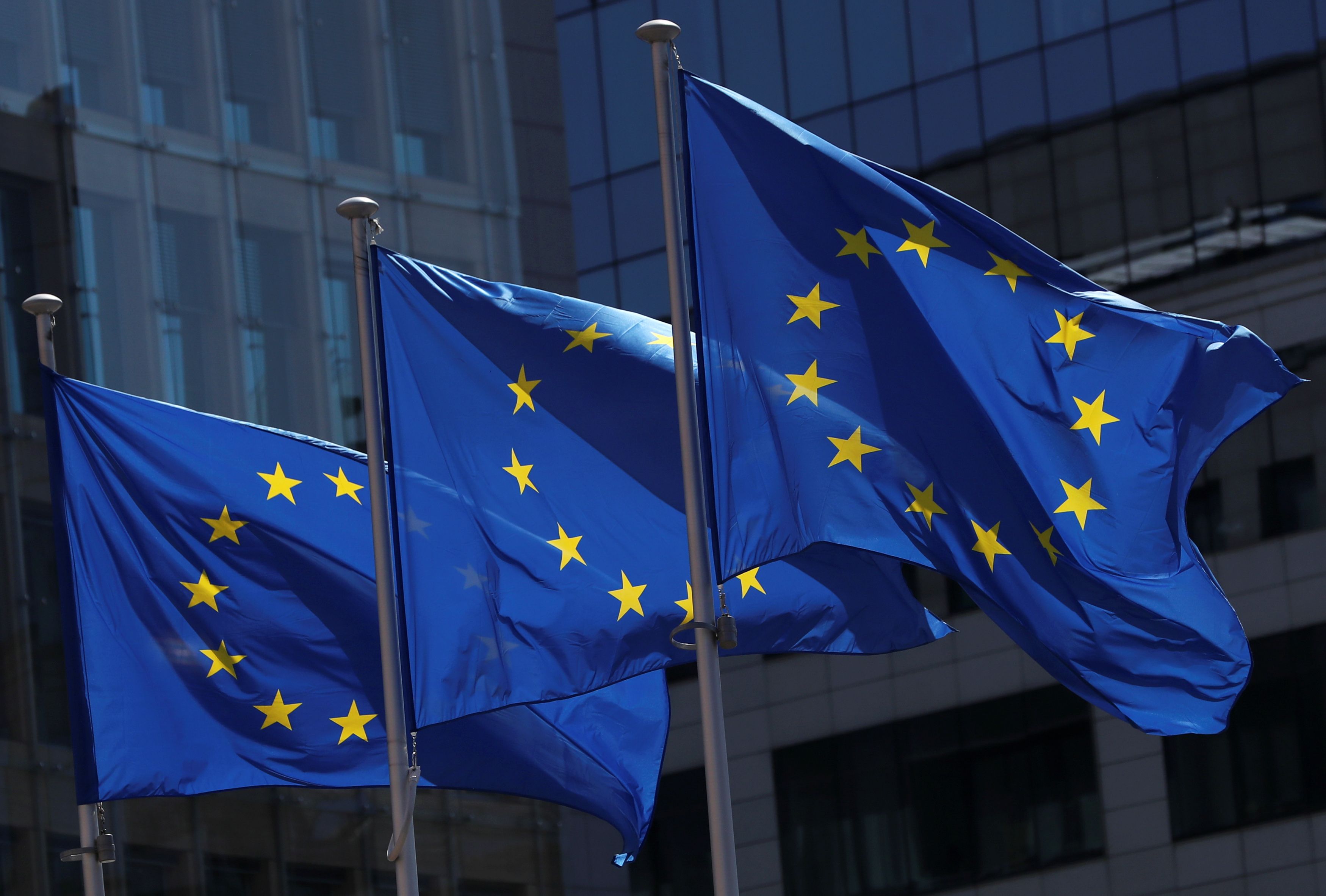The European Peace Facility: a New EU Security Initiative

EU Actions for Peace and Security
At present, the EU’s external policy in the field of security is financed under several different instruments. First of all, these are six military operations, the common costs of which are covered by the extra-budget Athena mechanism, and the remaining expenses are paid by the countries involved. Missions are mainly carried out in Africa (the Horn of Africa, Somalia, Mali and the Central African Republic), as well as in the Mediterranean Sea, and Bosnia and Herzegovina. Moreover, the African Peace Facility (APF) operates under the European Development Fund. The scope of the APF includes capacity-building, peace support operations and the development of early response mechanisms.
In view of the growing instability in the international arena, caused by migration, terrorism and armed conflicts, as well as tensions between the United States and China, a debate has started within the EU on the need to strengthen the ability to respond faster to international crises, including in the military dimension. In response to the reluctance of Member States to engage in foreign operations (the last EU mission new in its range was launched five years ago) and limited funding possibilities, the High Representative Federica Mogherini proposed, during the previous term, the creation of a new Instrument for Peace. Its launch has become one of the goals of the German presidency of the EU Council.
The European Peace Facility
This is a proposed extra-budgetary fund that enables faster response to crises, supports peace-building, prevents conflicts and strengthens security. The main task of the EPF is to finance joint military operations of the EU under the CSDP (the assumed increase is 35% to 45%, while the current ceiling is 5% to 15%). A novelty is the possibility of covering the costs of military peace support operations conducted by other international entities, meaning third countries or organisations (for regional cooperation in the field of development and security policies of the G5 Sahel in West Africa or the African Union-led AMISOM peace operation in Somalia). In addition, involvement in wider activities aimed at supporting partner countries’ armed forces with military equipment, assistance, or infrastructure, as well as other operational activities with military or defence implications, will be allowed.
The EPF will cover and combine the tasks financed under the existing Athena and APF mechanisms (from €250 million to €500 million per year), and will expand the EU’s ability to engage in new types of military tasks globally. The current proposal assumes the allocation of €5 billion for the years 2021 to 2027 (about €500 million to €1 billion annually). The EPF budget will be drawn up on the basis of contributions from Member States according to their GNI, and will be supervised by the Council of the EU and the EPF Committee. Decisions relating directly to operations will be taken by unanimous vote in the Council, while others, mainly relating to the management of the instrument, are to be taken in the Committee by qualified majority. Political leadership will be the responsibility of the High Representative of the Union, supported by the European External Action Service, and the implementation of the budget by the Service for Foreign Policy Instruments. In relation to the existing mechanisms, the administration system will be unified.
Challenges
The main challenge for the EPF is the need to improve response to international crises at the EU level. The unification of financing of external actions and the increase in the common costs ceiling are intended to encourage Member States to become more involved in joint operations. However, discrepancies in the directions and modalities of action remain problematic (for example, France favours increased capacity to intervene, as opposed to Italy and Spain). Some countries (including Poland, the Baltic States and Romania) express concerns about increasing the EU’s operational capabilities at the expense of activities undertaken within NATO. With U.S. interests shifting from Africa and the Middle East to Asia, Europe is being forced to become more involved, and the EPF may prove to be helpful in this respect. The instrument will allow partners to co-finance activities, although they will not have any influence on the decisions taken (no possibility to take part in voting). Therefore, it is in the interests of the EU countries to coordinate activities with NATO, and to use the EPF as a platform for cooperation with the United Kingdom (in, among other places, Somalia).
Concerns about the effectiveness of the EU’s external actions are raised by the automatic takeover by the EPF of operations financed under the Athena and APF mechanisms. With the launch of the new instrument, it will be necessary to re-evaluate missions (including the possible termination of ineffective ones) and identify threats that (apart from ad hoc decisions) would set the directions of activities under the multi-annual EPF programmes. This is especially important in view of the global ambitions of the instrument, as engagement has so far focused mainly on selected problems in Africa and Europe.
For the first time, the fund managed at the EU level, in addition to supporting partners in building capabilities and financing military operations, will also cover the purchase of combat equipment. Therefore, the threat may be the misuse of the equipment (an example is the mission in Somalia, where the equipment was taken over by al-Shabaab) or violations of human rights and the rule of law (such as in Mali, where the supported armed forces committed unlawful actions against citizens). In the long run, ineffectiveness or poor planning could undermine the EU’s legitimacy to conduct operations and induce Member States to take independent, uncoordinated action. It would be beneficial if the EU developed rapid response capabilities to common threats (including in cooperation with NATO), and then shifted the effort to civilian peace-building tasks, such as those financed under The Neighbourhood, Development and International Cooperation Instrument, which will be launched in the new budget perspective.
Conclusions
While the EPF unifies the management of the EU’s external action in the military dimension, it does not represent a significant change in the approach to threats in the international arena. Thanks to the possibility of taking ad hoc actions, it has a chance to improve the security environment, enabling rapid reaction in the face of crises or other situations requiring intervention. Different perceptions of threats and ways of responding to them among Member States may make it difficult to reach consensus on new operations within the EPF (unanimity in Council is required). Therefore, there is a risk that a large part of the funds under the instrument will be allocated to “other” operational activities, such as already existing missions and obligations. In this context, decisions on specific expenditure (for example, resources for equipment or training) will also be relevant.
The EPF provides the basis for ensuring the coherence and stability of financing for the EU’s external operations under multi-annual action programmes. However, in order for it to gain a global dimension, it will be necessary for Member States to agree on threats to common security and potential new directions of involvement. The effectiveness of the EPF will be influenced by the budget limited in relation to the original proposals (reduction from €10.5 billion to €5 billion). Therefore, the Member States’ interest in developing cooperation under the instrument is of concern (especially in view of the economic crisis caused by the COVID-19 pandemic).
For Poland, it will be important to ensure balance in terms of the directions of EU operations (for example, by launching support for partners in Georgia and Ukraine), and to enable cooperation with partners such as NATO. The involvement of Polish contingents in missions outside Europe will also be beneficial (Poles are currently stationed in the Central African Republic, in the Mediterranean Sea, and in Bosnia and Herzegovina). This will allow Polish personnel to gain operational experience, and will also constitute the basis for building Poland’s position in the EU response structures.


